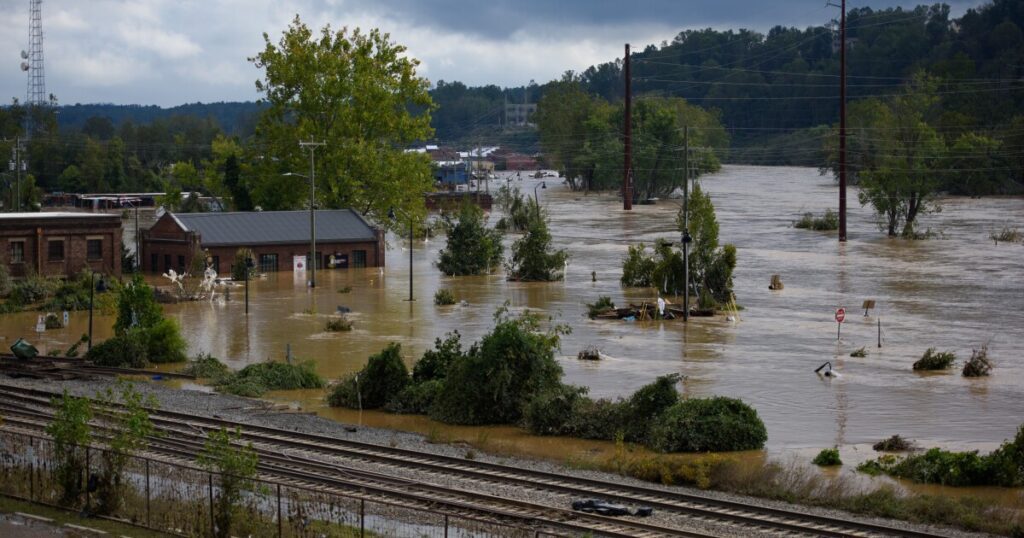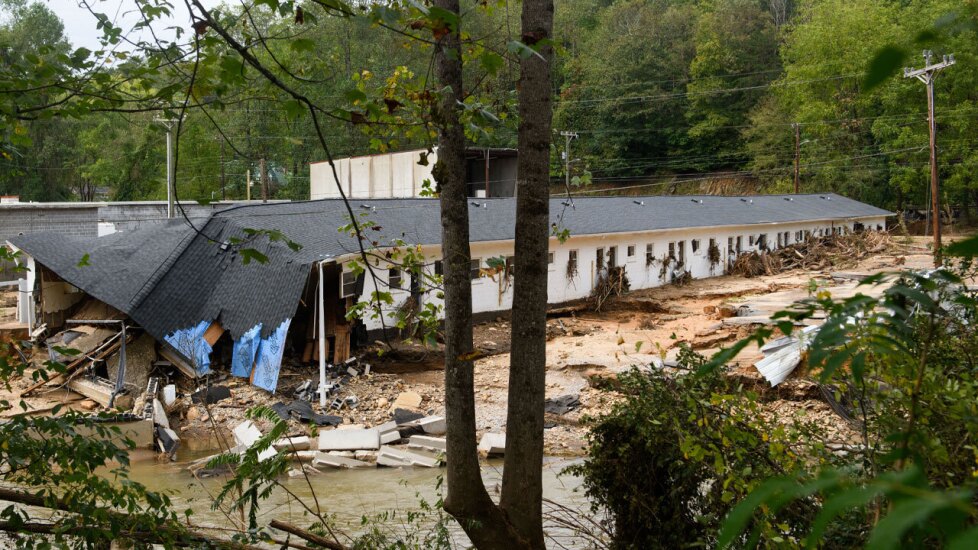What Florida's post-hurricane landscape means for insurers

Enjoy complimentary access to top ideas and insights — selected by our editors.
 A destroyed building is seen near Mill Creek in the aftermath of Hurricane Helene on Sept. 30 in Old Fort, North Carolina.
A destroyed building is seen near Mill Creek in the aftermath of Hurricane Helene on Sept. 30 in Old Fort, North Carolina.
Melissa Sue Gerrits/Getty Images
In the wake of Hurricane Helene’s destruction, more than 200 people have been confirmed killed across Florida, North Carolina, South Carolina, Georgia and other areas — making it one of the deadliest hurricanes since Katrina in 2005. As total loss estimates continue to skyrocket, and the impending Hurricane Milton is set to wreak further havoc, insurers and consumers alike are left wondering what a post-storm landscape will hold.
Data released on Oct. 4 by CoreLogic, a global property data and analytics provider, estimates that total flood and wind losses caused by Helene land somewhere between $30.5 billion and $47.5 billion. Of those predicted totals, wind losses make up $4.5 billion to $6.5 billion, insured flood loss is $6 billion to $11 billion and uninsured flood loss is between $20 billion and $30 billion.
“The fact that so much damage was concentrated outside the Special Flood Hazard Areas (SFHAs) makes it challenging to realize the full extent of impact to uninsured homeowners,” Jon Schneyer, director of catastrophe response at CoreLogic, said in a press release. “Thankfully FEMA’s [National Flood Insurance Program] is expected to provide up to $6.5 billion of insurance for the recovery efforts, which will help bring much needed recovery aid to the affected areas.”
Read more: Hurricane Helene’s damage estimate soars, tripling initial projections
Residents already underway with rebuilding are hunkering down once again as Hurricane Milton is expected to hit landfall on Oct. 9 around 8:00 p.m. EST.
In situations like these, with two devastating storms sequentially making landfall, the appropriate deployment of resources and “on-the-ground” personnel like adjusters and third-party administrators to impacted areas can be challenging for insurers, said Robert Guinn, partner at the Floridian law firm Cole, Scott & Kissane, who specializes in property insurance.
“There is an incredible burden placed on companies, staff and vendors to have the necessary people in place for both Helene claims and Milton claims,” Guinn said.
Measurements from the National Hurricane Center clock maximum sustained winds from Milton in excess of 150 mph, ranking the event as a high-end Category Four storm.
Added challenges following hurricanes go beyond allocating recovery experts to include increased risk of injuries during cleanup, mental health tolls from witnessing the destruction firsthand and more.
Woody Dwyer, director of loss control AmTrust Financial, said businesses can be exposed to a heightened risk of fraudulent workers’ compensation claims by those who “attempt to take advantage of the situation by filing false claims for injuries that did not occur or were not work-related,” he said.
Read more: How to prepare your home and community for a hurricane
From an insurance perspective, coverage can become a contentious battleground between providers and policy holders.
Californian residents dropped by their insurance providers pleaded with the California Assembly Insurance Committee last month after losing coverage due to increased wildfire risks.
Ricardo Lara, insurance commissioner for the state, issued a moratorium that prevents home insurers from cancelling policies for more than 750,000 residents affected by the Line, Airport and Bridge fires.
Michael “Fitz” Fitzgerald, insurance industry advisor for SAS, highlighted how everything from the classification of the event, to the nature of the damages incurred and even the nuances of policy coverage can further complicate recovery efforts.
“As a consumer, you’re like ‘I just want my stuff covered.’ … The part where it gets into the weeds is that you can buy a policy that will cover all of all of what might happen, but it’ll just be extremely expensive,” Fitzgerald said.
Read on to learn more about the storms and how consumers and insurers alike can start preparing to rebuild.



